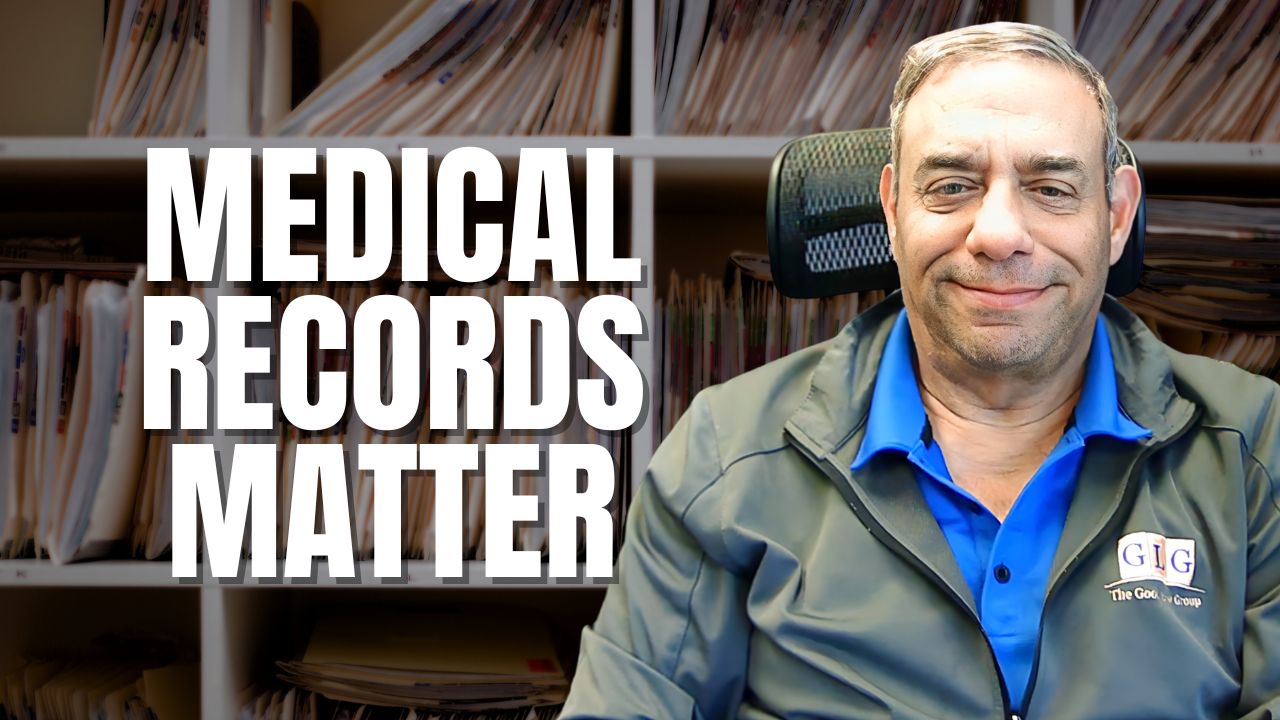Cervical radiculopathy is a condition that affects the nerve roots near the cervical vertebrae. If you have this painful condition, you might wonder whether you are eligible to receive Social Security Disability Income (SSDI) benefits. Unfortunately, that is not a straightforward question to answer. Your eligibility for SSDI will depend on the severity of your cervical radiculopathy symptoms and the effect they have on your ability to work.
What is Cervical Radiculopathy?
Sometimes referred to as a “pinched nerve,” Cervical Radiculopathy can cause serious symptoms. These can include pain and numbness in various parts of the upper limbs, including the arms, hands, neck, shoulders, and fingers. While treatments exist for this condition, many people still struggle to work and carry out everyday tasks as a result of ongoing pain and loss of sensation.
There are many possible causes of Cervical Radiculopathy. While some people develop it as a result of a physical trauma, for others it is a degenerative disease associated with aging. Anything that puts pressure on the nerve root can cause cervical radiculopathy.
Being Diagnosed With Cervical Radiculopathy
If you plan to apply for Social Security disability benefits as a result of your cervical radiculopathy, you will need to get an official diagnosis of the condition from a physician. This generally means that you will need to see an Orthopaedist or Orthopaedic surgeon, who are doctors that specialize in conditions that affect the muscles and bones.
These doctors usually begin the diagnosis process by asking about your medical history and asking you to describe your symptoms. The doctor will then examine your neck, shoulders, arms, and hands to check for muscle weakness, abnormal reflexes, and loss of sensation. You might need to perform certain movements with your neck and arms so the doctor can assess how these movements affect your symptoms.
Orthopaedists can order tests to help them diagnose Cervical Radiculopathy. These include X-rays, CT scans, MRI scans, and a test called Electromyography (EMG). The results of these tests can act as supporting medical evidence in your application for SSDI benefits.
Are You Eligible for Social Security Disability Benefits As a Result of Cervical Radiculopathy?
While it would be ideal for everyone who struggles with Cervical Radiculopathy to receive SSDI benefits, that is unfortunately not the case. Once you have received a diagnosis you need to go through a process to prove your eligibility for disability benefits.
For people who suffer from this disease, eligibility for benefits depends on the exact symptoms you experience.
The Social Security Administration(SSA) categorizes cervical radiculopathy under 1.04 Disorders of the Spine. This category includes various other spinal conditions, such as Osteoarthritis and Degenerative Disc disease. You must show that you have nerve root compression that causes pain, limited movement of the spine, motor loss or muscle weakness, as well as sensory or reflex loss.
Most people who suffer from Cervical Radiculopathy have pain, motor loss, and limitation of motion of the spine. The easiest way to find out whether these symptoms meet the eligibility requirements for benefits from the SSA is to schedule a case evaluation with an attorney who specializes in this area of law.
How to Apply for Social Security Disability Benefits
The first step is to find a suitable attorney’s office and schedule a case evaluation. During this meeting, your attorney will ask about your symptoms. For example, they might ask whether you can use your fingers, move your arms, and turn your head. If you struggle with these simple motions, you may be eligible for benefits.
Bring along a list of the doctors and hospitals you have visited for your disorder. This list will help your attorney to work out whether you are likely to be able to have a successful application for SSDI. You should also have details of the treatments you have tried. For example, a spinal fusion surgery can relieve symptoms for many people who struggle with the disorder. If you have had this treatment without success, or a specialist has told you that it is not a suitable treatment for you, that might increase your eligibility for benefits.
Be sure to explain to your attorney how your disorder has affected your ability to work. Eligibility requires that your disorder has lasted or is expected to last more than a year and make it impossible for you to work.
Find Out If You Can Apply for Social Security Benefits For Cervical Radiculopathy
To find out if you are eligible, schedule an appointment with The Good Law Group right away. We have helped a huge number of people to successfully apply for SSDI. When you meet a member of our team for a case evaluation, we will let you know whether your case of Cervical Radiculopathy is likely to meet the eligibility requirements for receiving SSDI.
Get in touch today to take the first step in the application process.









